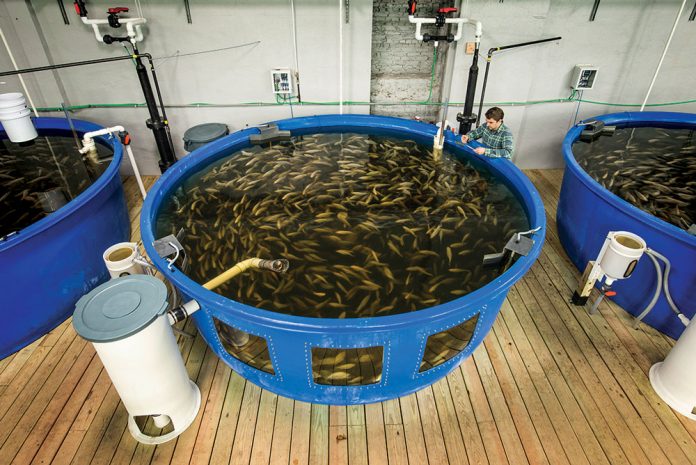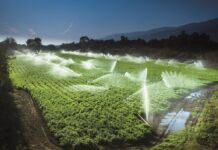
The WateReuse Association, Water Environment & Reuse Foundation, and Pentair, a leader in creating sustainable water solutions, have come together to help advance the development of sustainable agricultural practices by highlighting innovative farming approaches using water reuse technologies in a new video.
“We are developing technical presentations for the water industry and looking at more online tools and resources to help farmers identify and implement more sustainable practices,” Melissa Meeker, Chief Executive Officer of the Water Environment & Research Foundation, and Executive Director of WateReuse Association, told The Source.
The video profiles two very different examples in which water reuse technologies are used to dramatically reduce the farms’ water footprint, thereby helping to increase the efficiency and sustainability of the operations.
In St. Paul, Minnesota, fish and plants are grown together using aquaponics to develop a sustainable food system and help build the economy in a part of the city that had previously been considered a food desert. The Urban Organics Pentair Group have developed this aquaponics facility, and the produce and herbs are 100 percent organically certified by the USDA National Organic Program.
“Seventy percent of the world’s water is used for agriculture,” said Dr. Phil Rolchigo, Vice President of Technology at Pentair. “Rather than disposing wastewater back to the environment, we can safely capture and purify it so that it can be used over and over again in agriculture, as well as other industries.”
The second application featured in the video takes place in Monterey, California. The project started as a salt-water intrusion barrier and has evolved into the largest agricultural reuse irrigation project in the United States. Artichokes, lettuce and strawberries are among the edible crops that are safely and efficiently produced in this region.







